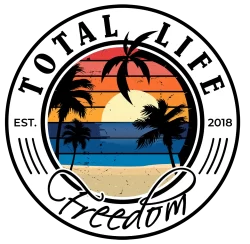If you watch some of the TV shows from the 1960s involving an office, you invariably saw a large recording device on someone’s desk. This made dictation and transcription just a little easier. The person doing the transcription could slow it down or replay parts if they didn’t understand it. They were still typing and retyping as apposed to using spell check and hitting the print button again, but it was a start.
If you went to high school before 1990 you may have learned shorthand and taken dictation classes. Then you would spend the rest of the day deciphering it in order to achieve the necessary documentation. Businesses and technology have changed making shorthand almost obsolete, and in-house transcription is right behind it in most cases.
Can you outsource your transcription?
Unless you are a government agency, are dealing with health information, or are dealing with classified information you probably can outsource your transcription. But with the right controls, there are specialty services to do any type of transcription. Medical and legal transcription are probably the most common services that may have some additional security around them. Maybe your secretary Gladys has been doing it faithfully for 20 years and you like a personal touch. Well – maybe not. You might find out that Gladys is actually using a service to outsource her transcription the past few years and taking longer lunches so you don’t notice the difference. Today’s transcription options are almost transparent to most users. And for the basic user, expert manual transcription is currently only about $1 per minute.
The Robots Are Coming
The days of voice command are here. We talk to our cars and our TV remotes. Machines now understand what we are saying. So now there are both traditional transcription services like Rev.com and machine transcription services like Dragon which can run right on your PC. The new breed of transcription services are cloud based. Just talk into your phone, or send it a file and it will be broken down and put into text for you. Many people have used this service and don’t even look at it as transcription. Many phone services such as Google voice do voicemail transcription for you. If you want to leave a 20 minute message instead of a 30 second clip, they can generally handle that. Google and Amazon Web Services have dedicated services that allow machine based transcription on a per minute basis. Sometimes it needs a little cleanup, but you can’t beat the price.
There, Their, They’re
Context is still a challenge, but it’s getting better. Accents and colloquialisms can also be a problem for some automated services (not to mention some humans). Tools like Dragon have you recite a series of phrases to get learn your voice. Most cloud based services don’t have that luxury. They try to make their best guess. We are getting close to the nexus where machine and human based transcription are almost identical. If you are doing basic dictation using common words, you may not be able to tell the difference now.
Antidisestablishmentarianism
Automated transcription services are not foolproof. They may or may not have those spelling bee words you learned in 5th grade as part of their vocabulary. They may also not have medical, legal or scientific dictionaries at their disposal. You may need to shop around for these services. If you are doing garden variety transcription for meeting notes, narrating a book or podcast show notes, outsourcing transcription makes sense for most organizations. If you are worried about your words making it onto the internet or out of your control, the cloud based services are just processing your words. They are not recording them. And if you are still worried about it, investing in Dragon as a desktop application keeps everything right on your computer. You can also try their app version on your phone to see how it works. Either way, if you are doing any sort of transcription, it’s one of the easiest and cost saving business processes to outsource.









